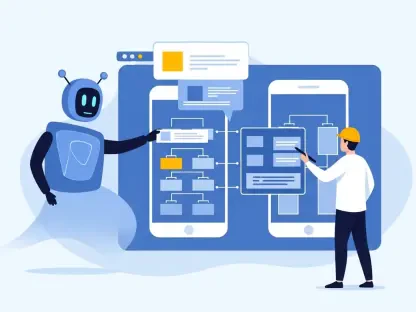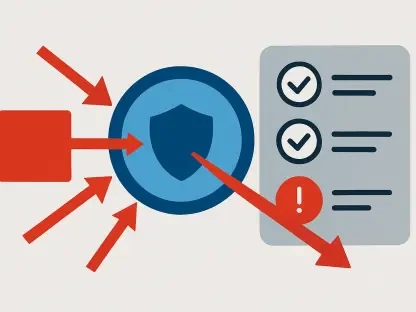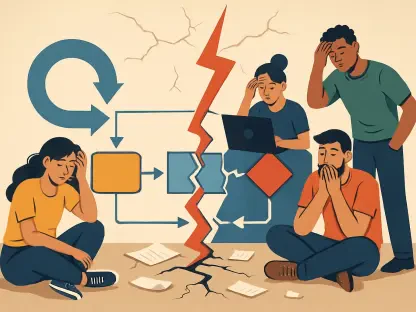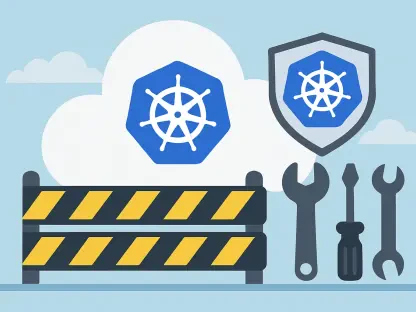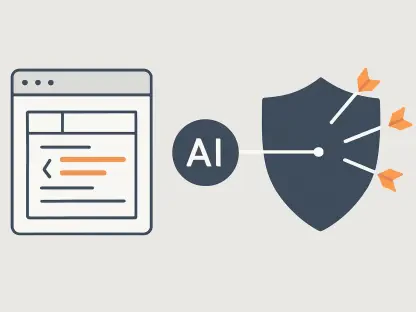It doesn’t matter what you’re doing online, whether you’re shopping or just interacting with friends; it’s related to customer experience. How you perceive a platform you’re using influences whether you’ll keep using it, and while you’re on there, there’s a lot of stuff happening behind the scenes to ensure you have the best experience possible.
It’s all about making sure you find what you need, get your problems solved, and come back for more. That said, let’s break down why software is such a big deal in creating awesome experiences for customers like you and me.
Understanding Customer Experience (CX)
Imagine every interaction you have with a brand, from clicking on their website to chatting with support, and even how you feel when you see their ads. That whole package is what we call the customer experience. It’s not just about the product you buy but how you feel about the entire journey from start to finish.
How CX Differs from Customer Service
You may be thinking that CX and customer service are kind of the same thing, but not exactly. Think more of customer service (CS) as being part of the overarching CX, like a piece of a puzzle. Simply put, when you have an issue with something online, and you talk to a rep to figure it out, that’s customer service. However, CX has to do with every single touchpoint you have with the brand, even when you’re just browsing their website.
The Impact of CX on Business Success
So, why are businesses all hyped up about CX? Because in today’s world, where you can get pretty much anything with a click of a button, how a customer feels about dealing with a brand can really make or break a business. Good CX can turn a one-time buyer into a lifelong fan, while a bad experience can send a customer running to the competition. Plus, happy customers are more likely to tell their friends about their great experiences. And let’s be honest, who doesn’t trust a recommendation from a friend? In short, nailing CX is key to keeping customers happy, loyal, and spreading the good word.
Key Components of Effective CX Software
First, consider the art and science of data collection and analysis. This isn’t just about hoarding bits of information from customer interactions; it’s about actively listening to what customers are saying across multiple channels. Whether through feedback forms, social media, or direct communication, every piece of feedback is a gold mine of insights. The trick is using analytics to sift through this data, identifying patterns and preferences unique to your customer base. This deep dive into the data allows businesses to craft personalized experiences that hit the mark, making customers feel seen and understood.
Customer Journey Mapping
Consumers don’t want to go through a whole maze to get to your products and out the other end. Nobody has the time or patience for that, especially with all the options they have at their fingertips today. However, with customer journey mapping, businesses can now simulate the entire journey someone will take while interacting with your brand, from setting foot on the site to checking out their cart. You can even use visualization tools and see where all the hiccups are before anyone has to go through it themselves.
Automation and AI
Of course, AI has made its appearance in this field. You get your chatbots and virtual assistants that are available around the clock and not just during office hours, as well as predictive analytics. This data can forecast customer needs and pain points, which will help you when trying to refine your site’s CS and be proactive. These steps will ensure that customers aren’t just satisfied with what they’re seeing but genuinely impressed. Because there’s nothing as satisfying as being able to glide through a site and find everything you need with just a few clicks.
Implementing CX Software
Getting CX software up and running in a way that genuinely transforms the customer experience is a bit like conducting an orchestra. Every section must be in tune, and everyone must know their part. Here’s how you can make that happen.
Harmony Between Software and Goals
The first thing you need to do is pick out the customer experience software that’ll fit what you’re trying to do the best. That means you need to think about what you want to achieve or improve, like are you trying to make your customers happier? Or keep them around longer? This will help you land on a solution that ticks all the boxes.
Cross-Departmental Collaboration
Another thing to think about is ensuring that all the different departments are cooperative. At the end of the day, the customer’s experience isn’t up to the sales team only—there needs to be efforts from marketing, IT, and all other relevant departments as well for this to work.
Training Staff
It doesn’t matter if you have the best software around if you don’t know how to operate it efficiently. By genuinely training your staff on how to get the most out of the tech, and ongoing education to help team members stay on top of everything, you’ll see the difference. There are also a boatload of options to choose from, like in-house training sessions or workshops and online courses.
Overcoming Challenges in CX Software Adoption
Adopting new CX software isn’t always a walk in the park. It’s more like navigating a complex maze with a few hurdles along the way. But fear not! Here’s how you can leap over those hurdles like a pro.
Integration with Existing Systems
The trick is to find software that gets along with the tools you’ve already got. You might need to do a bit of customizing or use some middleware to make sure they all chat nicely with each other. It’s all about making sure your new CX software fits in like it’s been part of the crew all along, boosting what you’re already doing rather than throwing a wrench in the works.
Ensuring Data Privacy and Security
With new software comes the responsibility of ensuring all that precious data is protected. This means vetting your CX software for compliance with data privacy laws (like GDPR if you’re dealing with European customers) and making sure it has solid security features in place.
Scaling the Solution as the Business Grows
You’ve got to look ahead, considering how the software will deal with more work, more customer chats, and any new features or integrations you might want later. The aim is to pick something that can scale up with you so you do not have to swap systems right when you’re hitting your stride.
Final Thoughts
Ultimately, choosing to upgrade your customer experience technology signifies more than merely advancing your technical capabilities. Essentially, it represents a strategic decision to place the customer at the core of your operational model. However, with a meticulous and strategic approach, these obstacles can be surmounted, positioning your enterprise not only to meet but to surpass customer expectations.
With the right CX software and approach, you’re well on your way to building stronger relationships with your customers, fostering loyalty, and driving your business to new heights. The journey towards exceptional customer experience is an ongoing one, but with these strategies in hand, you’re equipped to make it a successful and rewarding adventure.


